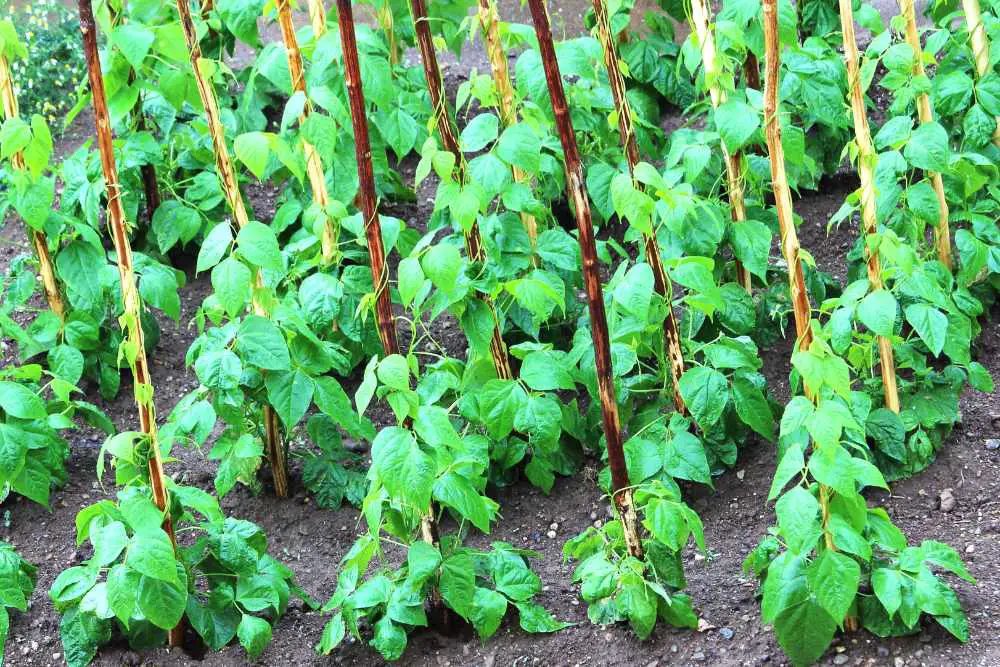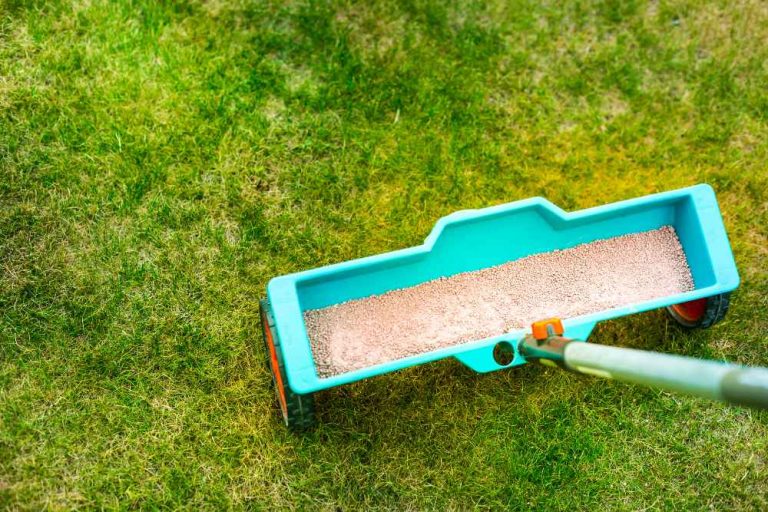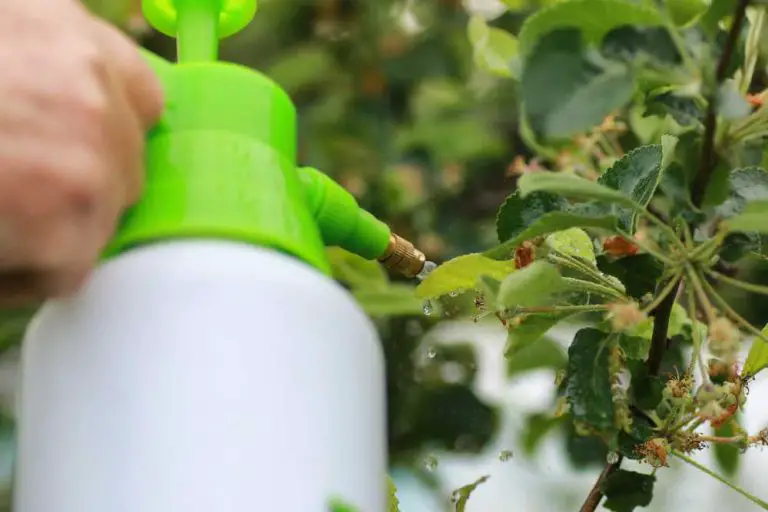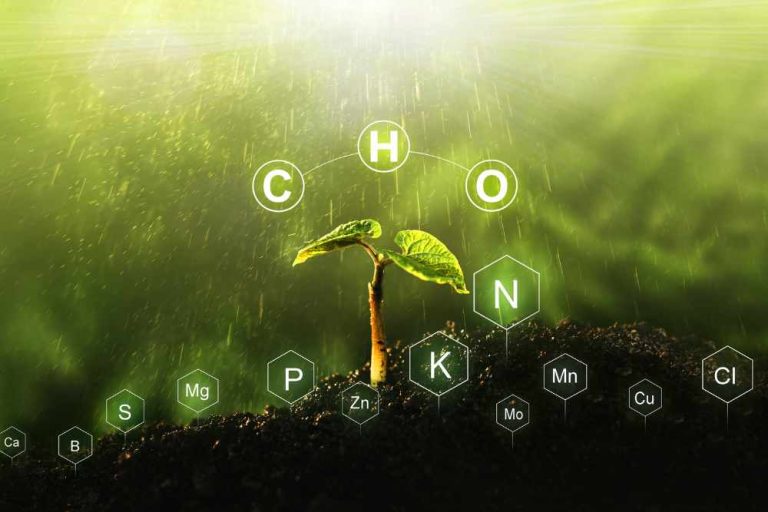Uncovering the Best Fertilizer for Pole Beans: Maximizing Growth
Green beans are popular among home gardeners because they are easy to grow, nutritious, and delicious. Fresh beans make a filling and healthy lunch because they are high in protein, and fiber while being low in fat.
Women who are of childbearing age can greatly improve their fertility by eating green beans. Green beans provide a number of remarkable health advantages in addition to those mentioned above. Therefore knowing the Best Fertilizer for Pole Beans (green beans) will help you to get a better yield from your garden.
Bush beans and pole beans are the two types of green beans. According to their developing habits, this varies significantly separating them.
Bush beans typically don’t need support and have a tendency to grow compactly. As a result, they are ideal for growing on raised beds and in a small garden. They can grow from 12 to 24 inches tall. On the other hand, pole beans tend to grow in a vining manner and typically need support from a trellis or cage. Pole beans can reach a height of 6 feet or more as they mature.
The ideal fertilizers for beans have an NPK value of 5-10-10, which means they include more potassium (K) and phosphorus(P) and less nitrogen (N) along with micronutrients like zinc and iron.
- Nitrogen – Nitrogen is essential to all plants to promote strong leaf growth and healthy photosynthesis. Beans are nitrogen fixers like other legumes, which means they add nitrogen from the air to the soil. This indicates that nitrogen-rich fertilizer is not required for beans. Consider obtaining bean seeds that have been inoculated with the Rhizobium bacterium. This bacteria supports beans in a symbiotic connection by assisting the roots in absorbing atmospheric nitrogen. To improve the soil’s nitrogen content for upcoming growing seasons, legumes also provide this benefit.
- Phosphorus – Plants need phosphorus because it promotes photosynthesis, boosts flowering, and promotes seed growth. A phosphorus deficit may be the cause of your bean plants’ poor growth or leathery leaves with purplish tips. Before the bean plants begin to flower, sprinkle some bone meal at the bases of the plants and water it in to provide a phosphorus boost.
- Potassium – Potassium is necessary for plants to produce wholesome, ripe seeds and to have greater disease resistance. A dose of kelp meal should help your bean plants recover if they are beginning to appear a touch yellow. In addition to being a good source of other beneficial minerals, kelp meal is also a strong source of potassium. The soil can be amended with kelp meal, or foliar applications can be made to the leaves.
- Zinc – Plants with zinc deficiencies exhibit yellowing on the top leaves and browning near the bottom, as well as reduced overall development. By adding some old compost, zinc sulfate, or both, you can increase the zinc content of your soil. You can also use zinc sulfate as a foliar spray.
How Frequently Should Green Beans Be Fertilized?
Green beans should be fertilized when they are 4 to 6 inches tall because that is when they begin to develop seeds. Consider using a fertilizer with a low phosphorus-to-nitrogen ratio. Your plants will be able to concentrate on producing seeds rather than root growth as a result.
Moreover, you have to attempt to maintain the phosphorus-to-nitrogen ratio at about 1:3 or 1:5. You should fertilize your green beans with a substance called lime if you reside in a region with acidic soil. Lime is a sulfur-treated limestone. Our beans need generally be fertilized once every week.
1. Miracle-Gro All Purpose Plant Food
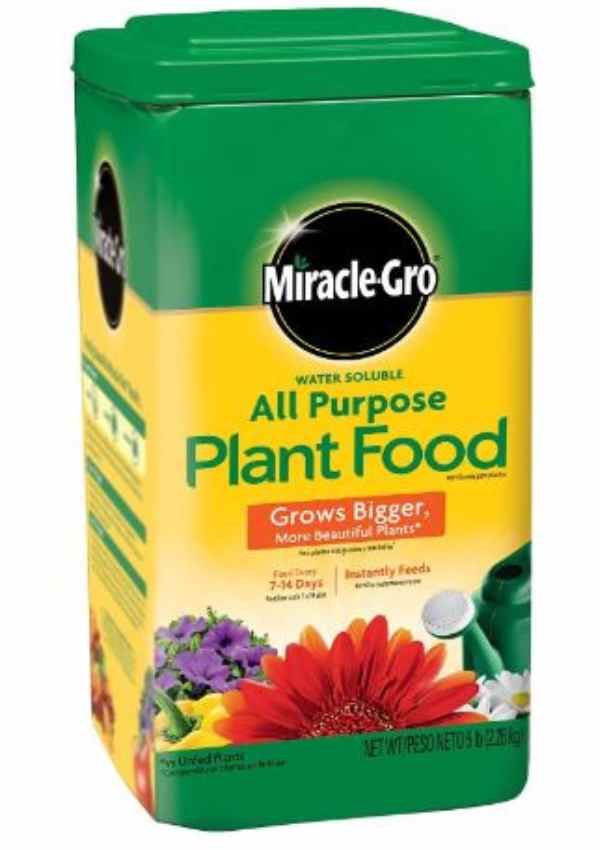
All-Purpose Plant Fertilizer by Miracle-Gro. This is the most commonly used fertilizer for green beans. In terms of gardening, Miracle-Gro is one of the most reputable companies and a general favorite. You can apply this fertilizer to your green beans every few weeks, and you’ll notice an immediate improvement.
2. Old Farmer’s Almanac Fertilizer

This organic fertilizer is designed specifically for vegetables such as green beans. It promotes both root growth and root structure.
This granular fertilizer was made especially for organic veggies and green beans! It has a 250-square-foot application area, an 8-week shelf life, and a resealable bag. The best thing is that it contains nutrients that are both instant and slow-release, promoting healthy plant, root, and vegetable growth over time. As a result, it is one of the best green bean fertilizers available. It’s an 8-4-8 fertilizer mixture.
3. Miracle-Gro Shake ‘n’ Feed
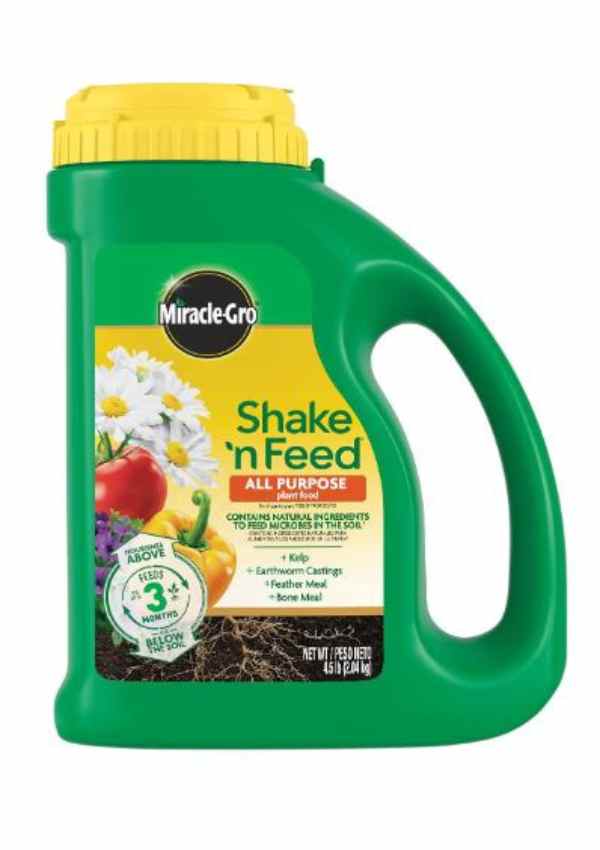
As Miracle-Gro is such a well-known and adored brand you can’t go wrong with it. Together with calcium, it also contains a variety of micronutrients. This fertilizer has an 8-2-12 ratio.
This is one of the best garden fertilizers for continuously supplying micronutrients that support healthy growth and increased yield in green beans. It lasts up to three months and is made of natural materials. It also has calcium, which helps to make your green beans especially strong. The fact that it can be applied to both in-ground and potted plants is its best feature. As a result, it is regarded as one of the Best Green Bean Fertilizers on the market.
4. Jobe’s Organic Vegetable Fertilizer Spikes

This product is good for green bean farmers because it is completely safe. You’ll appreciate the fact that this product is a spike fertilizer because it has a timed release and is premeasured for the right nutrients. Along with producing delicious green beans, it also helps the soil and keeps pests and diseases away. It’s also natural and organic. This is a fertilizer mixture of 2-7-4.
5. Dr. Earth Organic Fertilizer
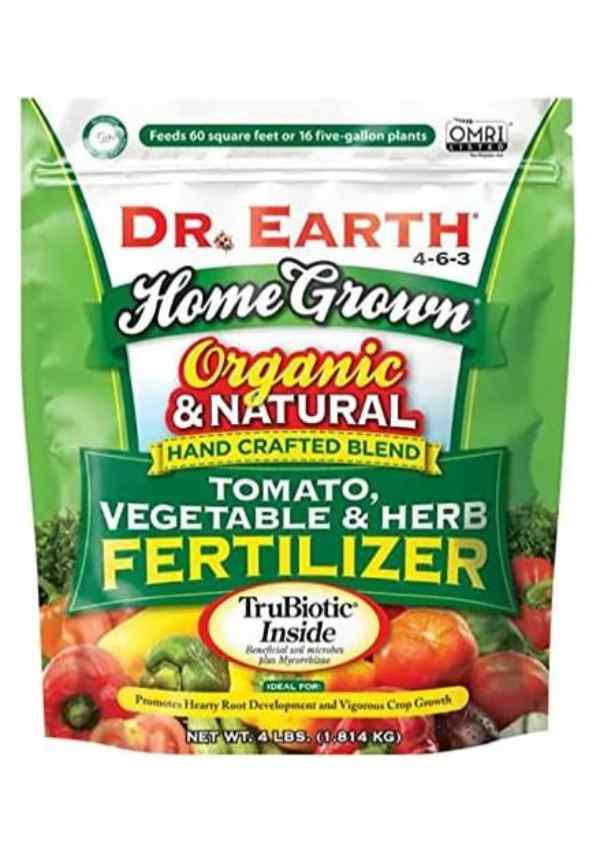
Another excellent option for anyone who enjoys green beans. It’s non-GMO, full of goodness and seven different microorganisms, as well as probiotics. The best part is that it has the appropriate amount of nutrients for an abundance of excellent green beans. This is a 4-6-3 fertilizer combination.
6. Osmocote Flower & Vegetable
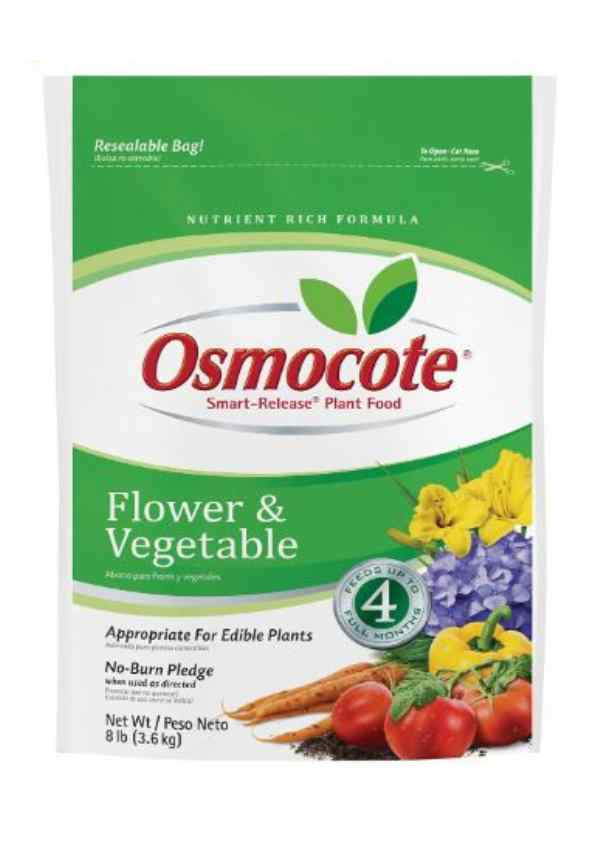
Both perennials and vegetables, like green beans, can be grown with ease using this method. It promotes root structure as well as plant growth. The chemical formula for this fertilizer is 15-9-12.
This is one of the best fertilizers for green beans that encourages healthy growth and the establishment of strong roots. It is a requirement for everyone who wishes to produce perennials, veggies, or green beans. Moreover, this fertilizer has a four-month shelf life. It is also one of the simplest fertilizers to apply.
- 29 Bucket Gardening Ideas for a Lush, Compact Garden - October 30, 2024
- 20+ Chic Boho Bedroom Ideas for a Cozy and Stylish Retreat - June 20, 2024
- 12+ Modern Boho Living Room Ideas to Create a Unique Oasis - June 10, 2024

